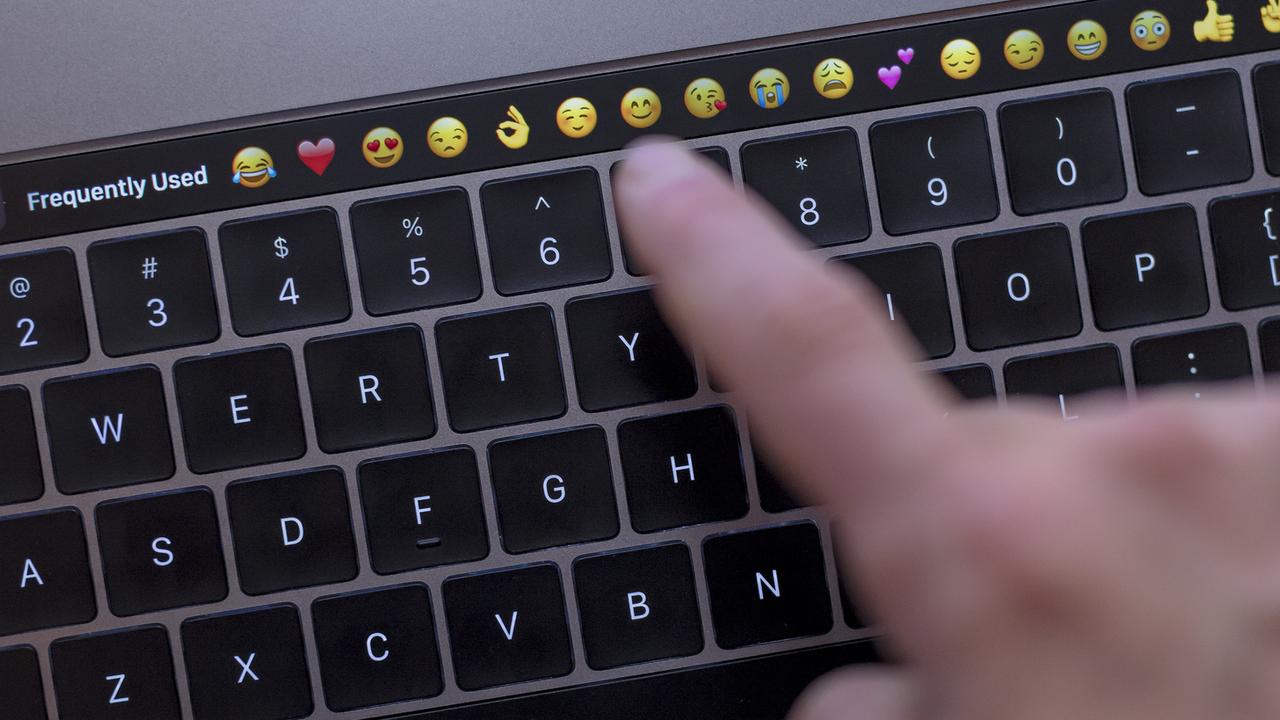What used to be seen as an innocent, fun way of communicating could now carry huge legal risks as cases involving emojis increase around the world.
Within the last decade, more cases that involved the use of emojis have been accepted by courts as evidence in both criminal and civil cases, with extremely expensive consequences, both here and overseas.
Australian cases
In 2017, the Supreme Court of Queensland ruled that an unsent text message on a mobile phone acted as a valid will.
The text message had included a smiley face emoji, which left the judge satisfied that the deceased intended his unsent text message to operate as his final will.
In 2018, a man in NSW pleaded guilty to stalking, using a carriage service to menace and breaching an apprehended violence order (AVO), after he sent an emoji of a gun pointed at a head to his ex-partner.
He later told her that it was “just an emoji”, saying, “You know I would never hurt you.”
In 2020, high-profile NSW lawyer Zali Burrows sued fellow criminal lawyer Adam Houda for defamation after he used an emoji of a zipper-mouth face in a Twitter post about an article that involved Ms Burrows.
In a preliminary judgement, the NSW District Court ruled that an emoji could contain a defamatory meaning.
The meaning of the “zipper-mouth face” is “‘a secret’ or ‘stop talking’, in circumstances where a person impliedly knows the answer but is forbidden or reluctant to answer”, Judge Judith Gibson said.
“The imputation pleaded, namely that the plaintiff has not merely been the subject of a referral, but also a result adverse to her, is reasonably capable of being conveyed.”
There have been a handful more cases overseas and according to Deakin University professor of law, Marilyn McMahon, it’s becoming more common.
“[Emojis] are an emerging issue rather than a longstanding problem because they’ve just really become part of online communication in the last decade or so,” she told news.com.au.
“They haven’t been a great problem thus far but I certainly think they’ll be an issue in the future, in both criminal and civil cases.”
Prof McMahon pointed to a recent case in Canada, where a farmer was ordered to pay more than $C82,000 ($94,000) in damages after a judge found that the thumbs up emoji was a valid form of acceptance in a contract.
“The implications of that I think are quite extensive,” Prof McMahon said.
“However, like most cases involving emoji it’s not just the use of the emoji itself taken in isolation but rather the context of the previous dealings between the parties.
“The Canadian case accepted that the contract was sent through to the seller, that the thumbs-up emoji that he gave indicated that he accepted the contract.
“That I think is an interesting development that people are talking about.”
Emojis with violent intentions
In 2016, a 12-year-old student from Virginia, US was charged with threatening her school after she had posted on Instagram a gun, bomb and knife emoji, followed by the words “killing” and “meet me in the library”.
And in France, a 22-year-old man sent his ex-girlfriend a series of text messages with a gun emoji, which a court found constituted threatening behaviour and he was sentenced to three months in prison.
The real problem with emojis
While emojis have often been the quick go-to for sending messages within the last two decades, this is something of a problem, according to University of Sydney professor of media and communications, Catharine Lumby.
“Emojis have been with us for quite some time now, dating back to the early 2000s and they’re very useful forms of shorthand communication. But they’re ambiguous,” she told news.com.au.
“You can use a smiley face to be sarcastic or you can use it to be friendly.”
Prof Lumby said that while using emojis have become a part of our everyday language, it becomes a problem when it comes to social media and how emojis are interpreted.
“Different social media platforms use different emojis, so that’s one thing to consider. Depending on the platform that you’re using, they’ll suggest an emoji and different platforms will suggest a different emoji,” she said.
“So what is the interpretation in the instance of if someone sends an emoji which is a water pistol? Could that be interpreted as a gun? Could it be interpreted as a threat? Or is it just a kind of joke?”
Using emojis comes at the risk of miscommunication, especially as, according to RMIT lecturer Dr Jay Daniel Thompson, it’s become embedded in our way of communicating.
“There is absolutely no doubt that social media, specifically the use of emojis, memes and the like have radically transformed the way that we communicate with each other in everyday and professional contexts,” Dr Thompson, program manager of RMIT’s professional communication program, told news.com.au.
“In my day-to-day life I’ve encountered emails from colleagues and so forth with emojis in them and I’m surely not the only one.
“And I think the [Canadian case] is absolutely an example of [miscommunication].”
Let this be a warning to think before you send that thumbs up.





